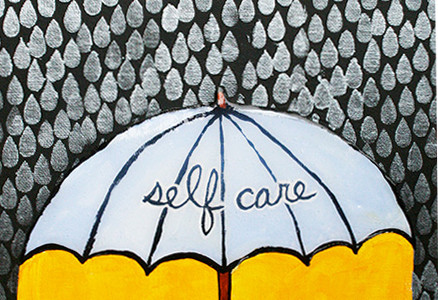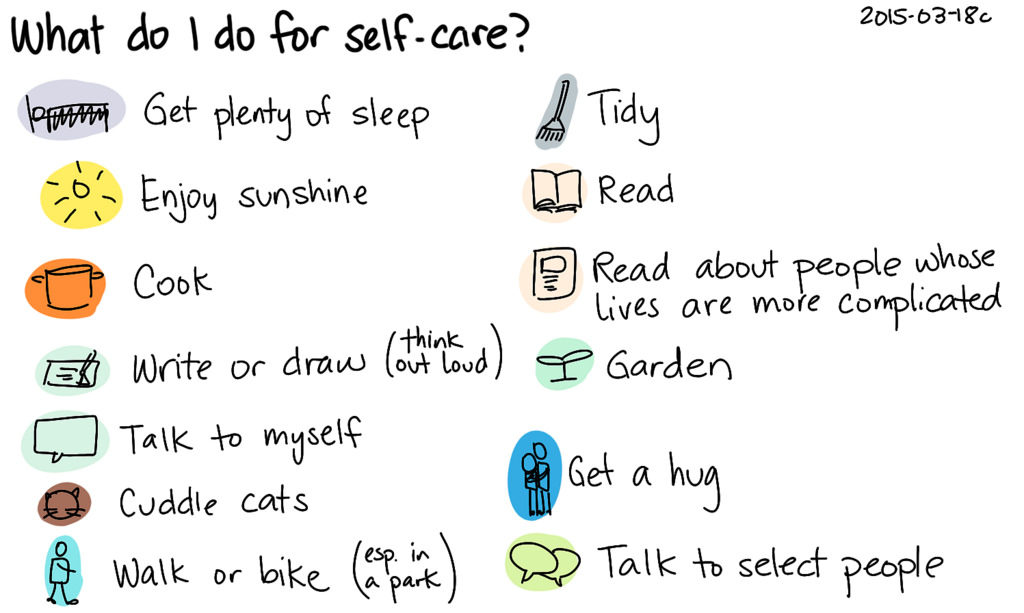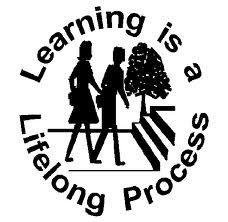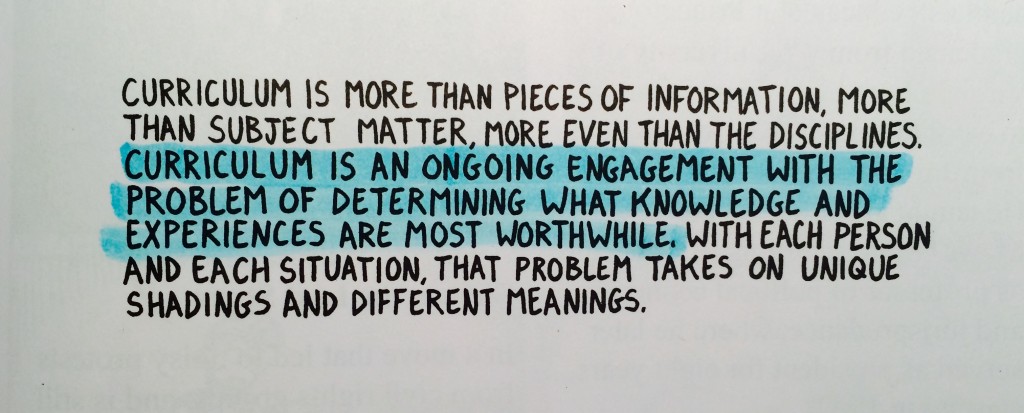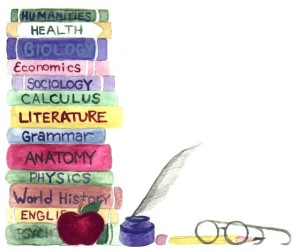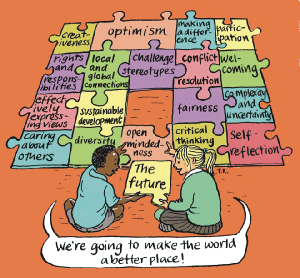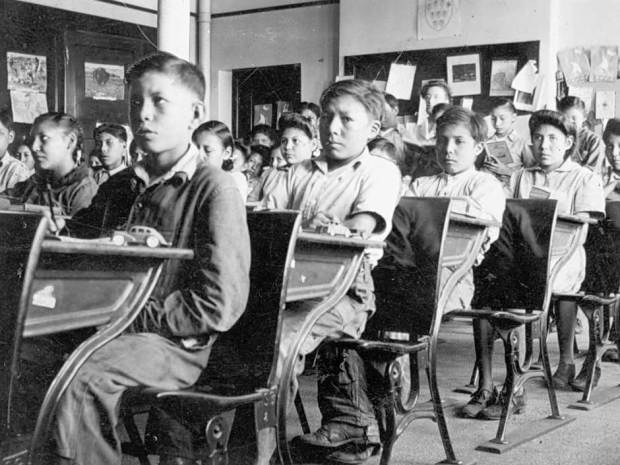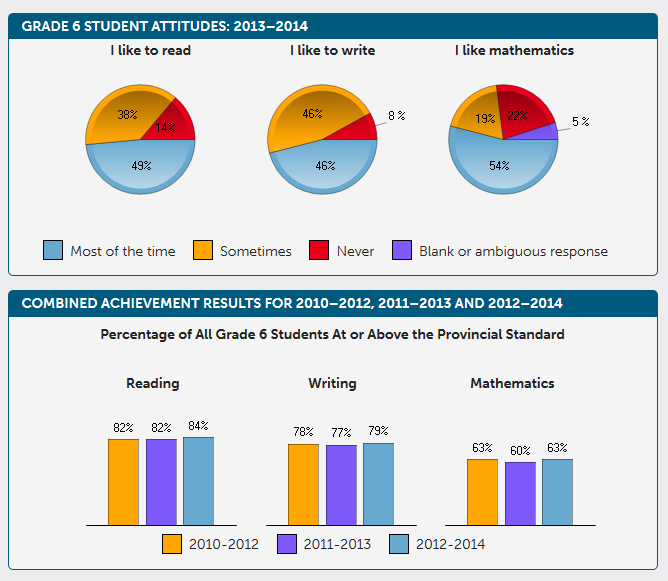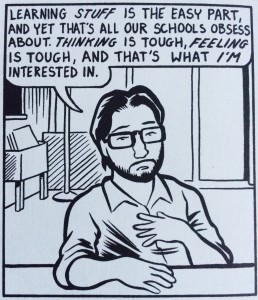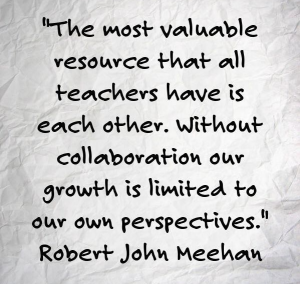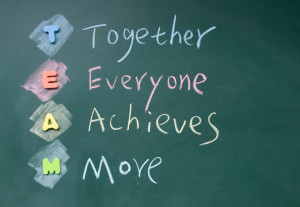Impressions of Bill 13
As teachers, we enter into the profession to change lives; we want to have a positive impact on every student we interact with, encouraging them to be the best possible version of themself. We do this in more ways than teaching students through a mandated curriculum; we promote and exemplify what it means to be a positive, contributing member of society. This is further promoted through creating an accepting and inclusive school environment.
In the past, the topic of bullying was approached with a reactive approach, tackling the situations as they arise. This approach is not enough; the principal office would regularly have students who were bullying or had been bullied by someone if the school only chose to react to situations. What I like the most about Bill 13 is its proactive approach, implementing mandatory preventative strategies and requirements. In a perfect world, if bullying can be prevented at the source, there will be no need to react to the situation because it would never get that far.
Equity and Inclusive Education
Creating an inclusive classroom is essential to the academic success of all students. It is one thing for a student to feel understood, but it’s another to feel accepted for who they are. In order to create a realistic sense of equity and inclusion within the classroom, I would strive to provide a culturally and ethnically diverse curriculum for my students. This could include reviewing educational material and selecting lessons that the diverse students in my classroom could relate to, as well as promoting and encouraging group learning experiences in the classroom which will foster a sense of cooperation among members of a diverse society.
Through implementing an equity and inclusive education policy, we can create an accepting school through mutual respect. By creating an environment of respect, I as a teacher can ensure that all students feel appreciated and valued in the classroom, thus leading to more confidence in their academic abilities. I could also show respect for students of different cultures by learning a few words in the student’s first language or demonstrating some knowledge of their culture’s traditions and beliefs. Ultimately, the key to respect for all cultures is understanding.
Professional Development Programs, Bullying and School Climate
Bill 13 outlines a number of different policies and procedures that teachers are expected to follow in order to ensure that the school is deemed safe and accepting. However, this can be a daunting task if not provided with the appropriate resources. Professional development workshops are an effective way of presenting, creating, and implementing bullying prevention strategies within the school. As educated professionals, staff collaboration is a great way to provide a support system while also making the task of creating an accepting school more achievable.
One hesitation I have about this section of the bill is that the professional development programs are only required to be provided on an annual basis. While I understand that teachers and administrations will be implementing and adhering to all of the other requirements of this bill to create an accepting school, I feel as though collaboration among school staff is essential. Bullying is a daily problem in schools, yet annual professional development opportunities seem too sporadic to effectively achieve the goal at hand.
Programs, Interventions and other Supports, Bullying
By having programs to support the bullied, the bully, and everyone else affected, Bill 13 assumes a very holistic approach to the topic of bullying. As a teacher, this will prove to be very beneficial. We may have a class of 30 students, and while only 2 of them are immediately involved in a bullying situation (the bullied and the bully), there are many other students that are either friends with the students involved or witnesses of the act. Thus, the issue becomes larger than what one teacher may have the resources to address. These programs can take many different approaches, while also recognizing that there is not a “one-size-fits-all” solution; the program for the bully can look very different than that of the bystander.
As teachers, we seek to create the best possible learning environment for our students. Through the help of social workers and psychologists, we can work collaboratively to find a solution to any problem that may affect the learning environment. Although I have an undergraduate degree in Psychology, I by no means have the training and resources that a psychologist would have. Therefore, by including professionals outside of our immediate profession of teaching, students will be given the support and behavioural management required to foster an accepting and inclusive classroom environment.
Bullying Awareness and Prevention Week
I have constructed three ideas that can be used in conjunction with one another during Bullying Awareness and Prevention Week. Firstly, I would have my class collectively construct an Anti-Bullying Mosaic. This will be completed by having students decorate a 12×12 medium (paper, fabric, wood), expressing what a “safe space” means to them. The final product can be posted in the front entrance of the school to promote the school as a safe environment.
Secondly, I would administer a Random Acts of Kindness Passport to my students, which would contain a list of multiple random acts that students can do. Throughout the week, the students would complete various acts and have someone sign as a witness. At the end of the week, the student with the most acts completed would win a prize. This would take a proactive approach to bullying, teaching students to be kind to one another and positive members of the community.
The last event would be an Eat Your Words Bake Sale, where students and staff bring in baked goods, pay $1 for an item, and write in icing a word that they have used to bully someone. They would then “eat their words”, expressing to themself and others that they will no longer utilize that word or any other negative words to harm someone else. All proceeds of the event would go towards supporting an anti-bullying campaign or future anti-bullying programs in the school.


